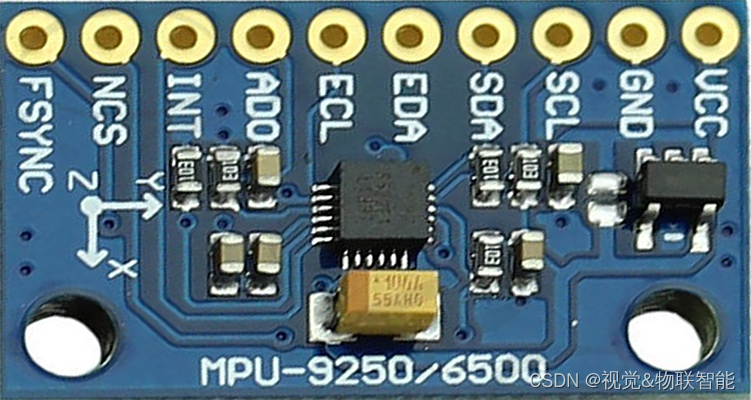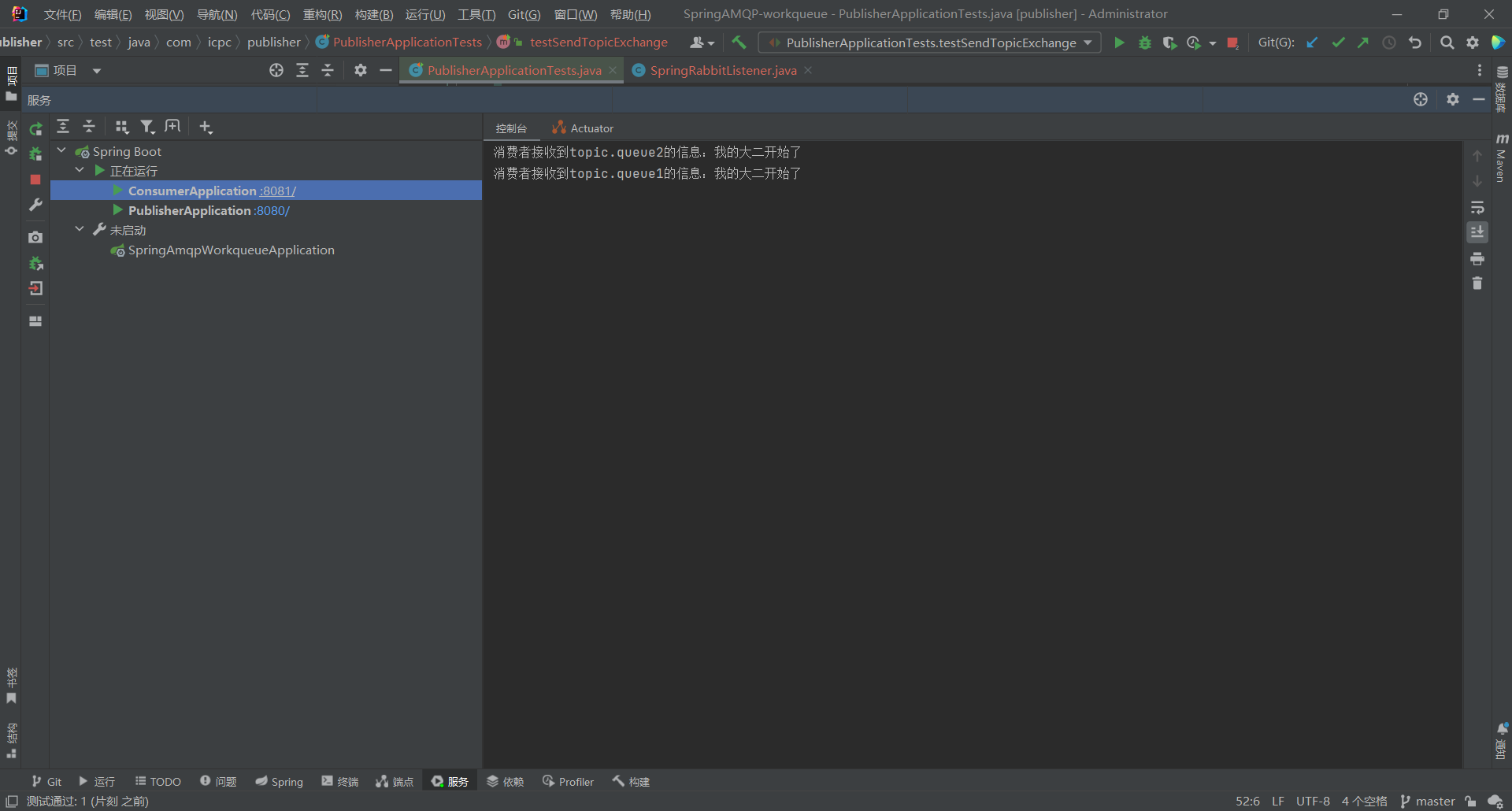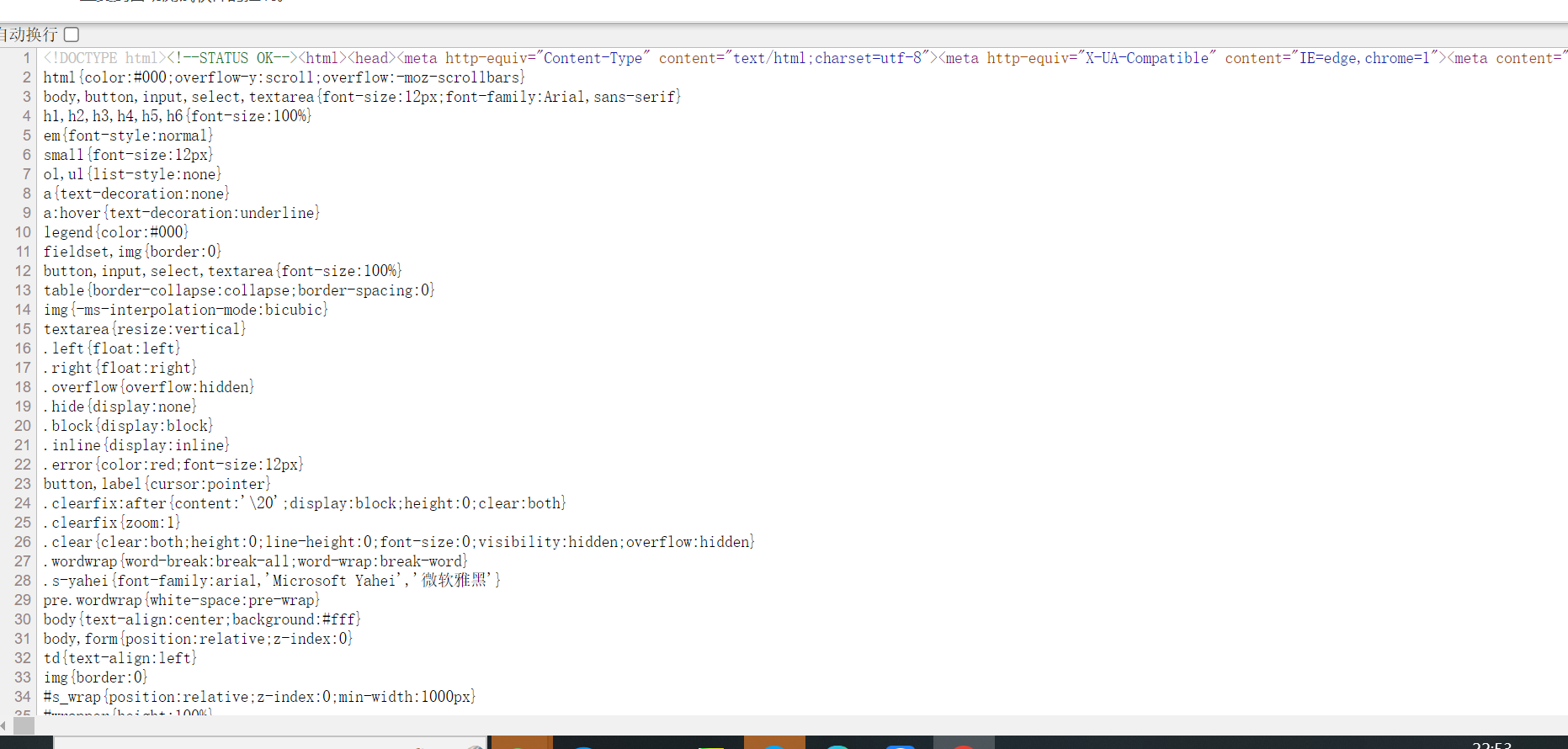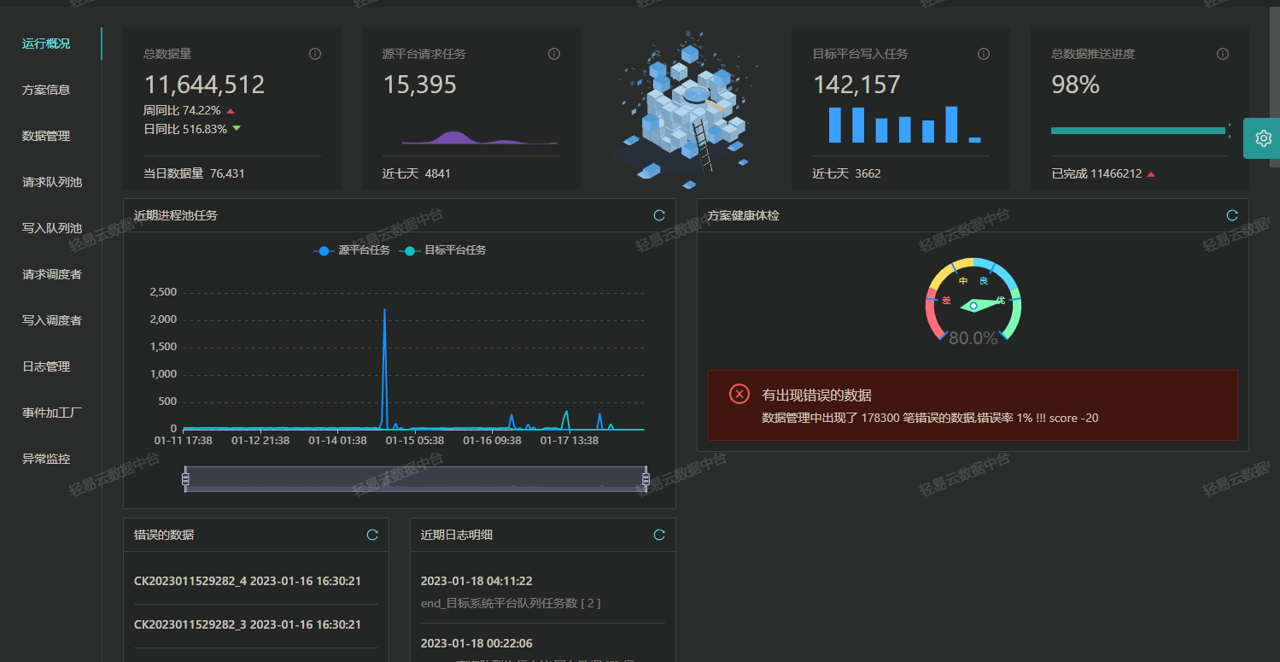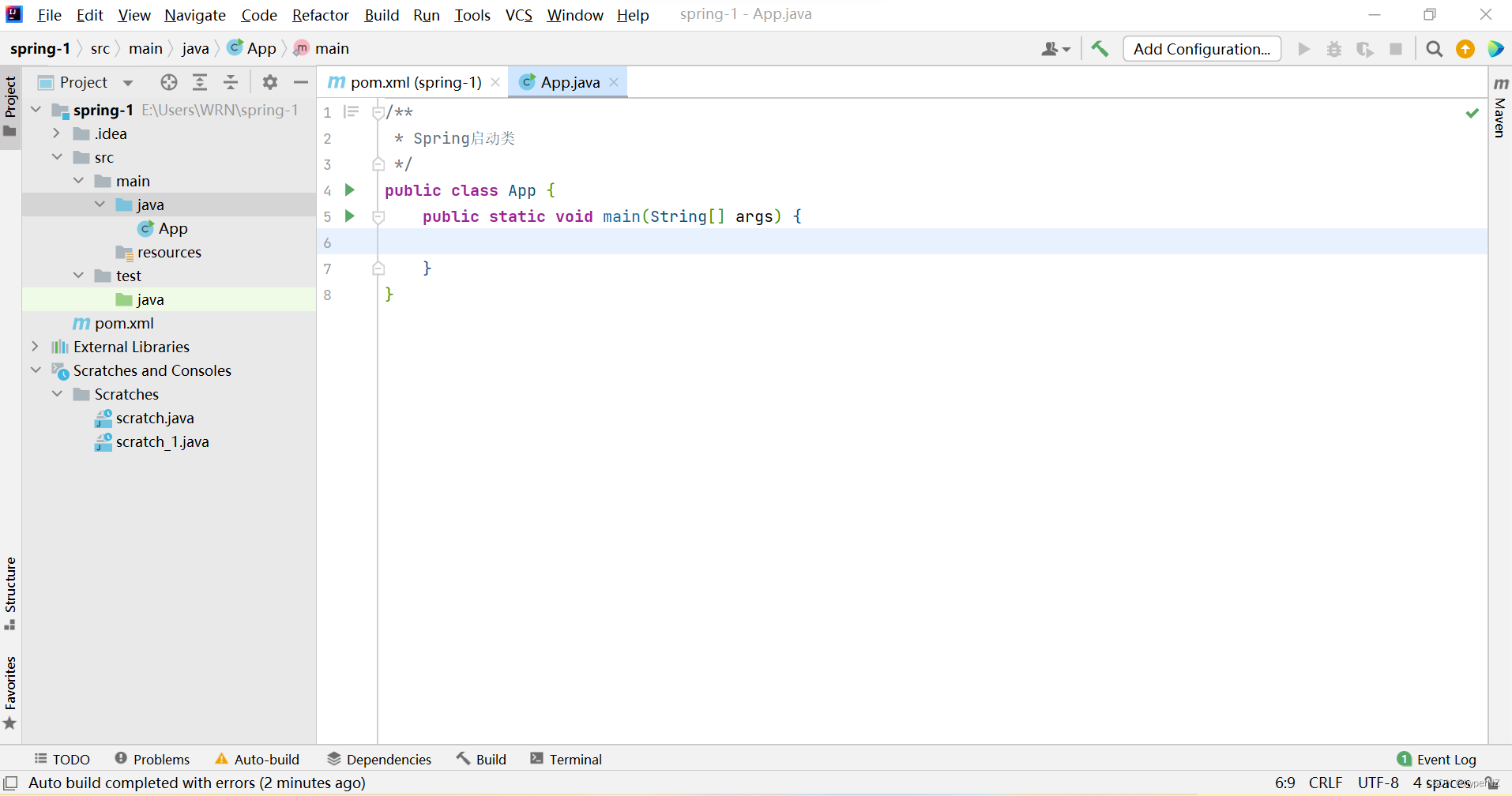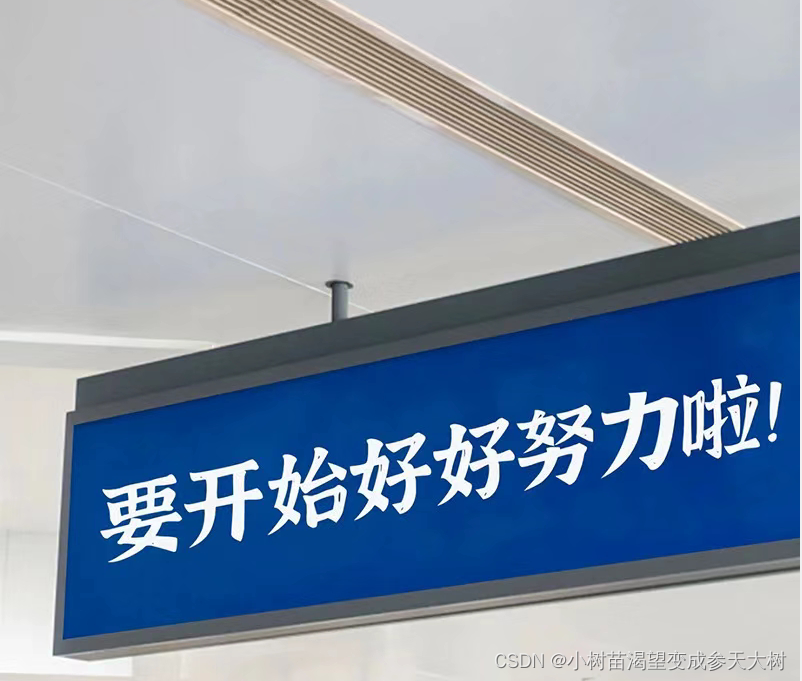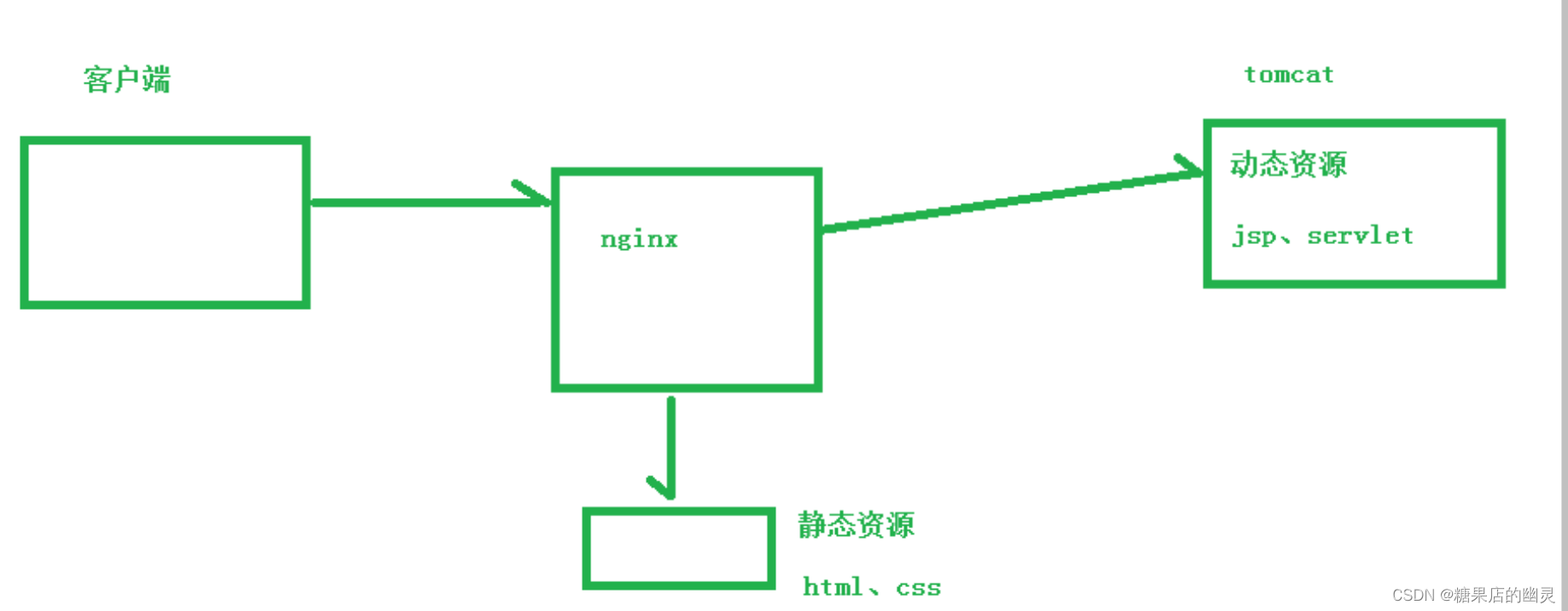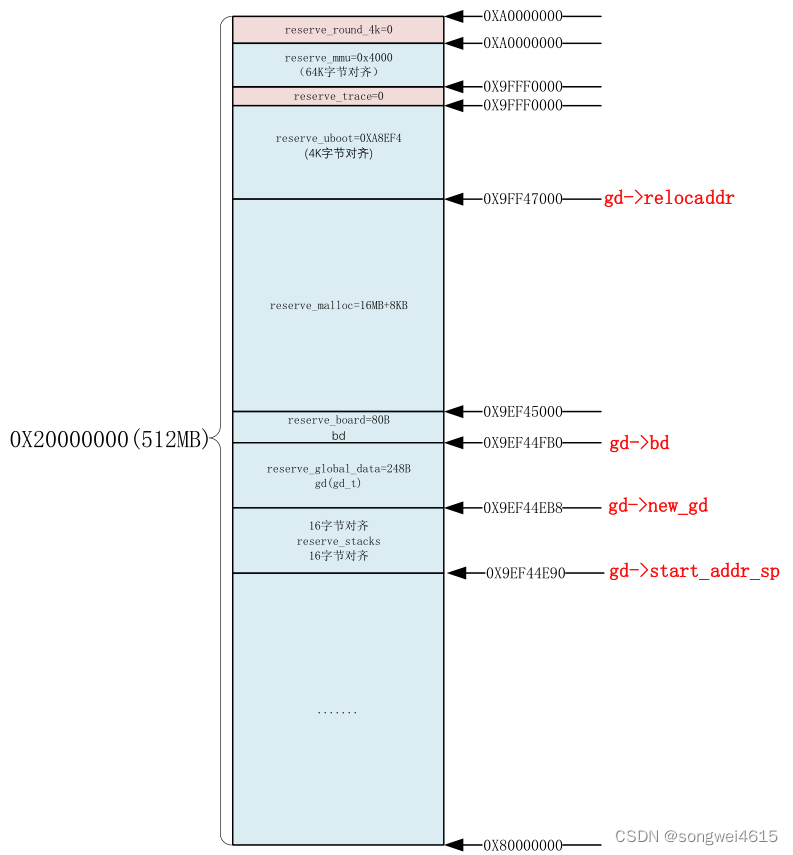DIMM 分类参考链接
UDIMM
UDIMM is also known as unbuffered DIMM, that is, unbuffered dual in-line memory module. The application of this memory module means that the address and control signals can directly reach the DRAM chip on the server DIMM without going through a buffer and without any timing adjustment.
unbuffered指地址和控制信号直接与DRAM芯片相连,中间无缓冲、无任何时许调整
When data is transmitted from the CPU to the DRAM chips in each server memory, the UDIMM needs to ensure that the transmission distance between the CPU and each DRAM chip is equal. This parallel transfer is effective, but it requires a higher manufacturing process, so UDIMMs are lower in capacity and frequency and have lower latency. Additionally, UDIMM cannot maximize server performance because it only operates in unbuffered mode and cannot support full server RAM allocation (maximum capacity).
CPU到每个DRAM的走线延迟相同,对制造工艺要求较高,容量和频率都很低,延迟也很低
RDIMM
RDIMM, called Registered DIMM, is a registered dual inline memory module. It attaches a register between the CPU and the DRAM chip for data transmission, which reduces the distance of parallel transmission and improves transmission efficiency. RDIMMs are easier to increase in capacity and frequency than UDIMMs due to their high register efficiency. Moreover, RDIMM supports buffered and high-performance registered mode, making it more stable than UDIMM. This gives it the highest-capacity server RAM performance and a wide range of applications in the server RAM market.
Register在CPU和DDR之间,减少并行传输的长度,方便提高容量和频率。
LRDIMM
LRDIMM, called Load Reduced DIMM, is low-load dual in-line memory modules. As to RDIMM vs. LRDIMM, the latter does not use registers but are simply buffered. The buffering reduces the power load on the underlying motherboard but has little effect on memory performance. LRDIMM memory changes the Register chip on RDIMM memory to iMB (isolation Memory Buffer) memory isolation buffer chip. The direct benefit is to reduce the server memory busload and further increase the server RAM support capacity.
Load Reduced 不用register只是simple buffered,buffering的设计减少功耗同时不影响性能
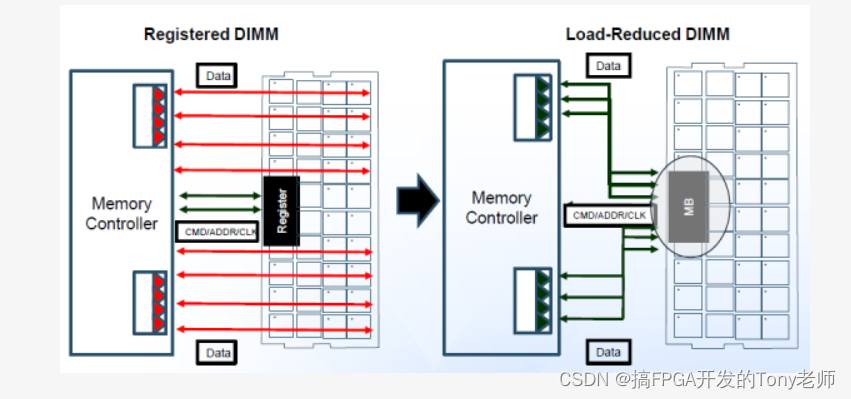
In fact, LRDIMM can replace RDIMM. This not only reduces the load and power consumption of the memory bus but also provides the maximum supported capacity of server RAM. The power consumption of LRDIMM is relatively low, and it is also popular in the network server field.
UDIMM vs. RDIMM vs. LRDIMM: Which One Is Right for Your Design?
Apart from understanding the three server DIMM types, it is also critical to know the specific differences among the three server memory modules. We need to make a comparison of UDIMM vs. RDIMM vs. LRDIMM to find an appropriate memory module.
UDIMM vs. RDIMM
Performance
Registers inside the RDIMM are used to buffer addresses, command lines, and clocks, while data goes directly to and from the memory controller and DRAM chips. This improves signal integrity and reduces the electrical load on the memory controller, allowing the system to support more server RAM capacity and maintain its stability. In addition, RDIMM features include parity detection. Once a problem is detected with the address and control signals through the registers, the RDIMM will reply with the error signal to the memory controller.
In contrast, the UDIMM does not have any buffers or registers configured and passes all instructions from the memory controller directly to the DRAM chip. Without buffers, addresses, and control signals, this can somewhat increase the electrical load on the memory controller. As a result, UDIMM-enabled systems will only be able to handle a limited number of DIMMs. Compared to RDIMM, UDIMM lacks parity error detection. The memory controller can only detect address and control signal errors after a certain period if there is an internal component that has been damaged.
Bandwidth and Latency
RDIMM provides extra clock cycles and more power, resulting in higher latency and less bandwidth. And when multiple DIMM is present within each server memory channel, the clock cycles of the UDIMM change, like the RDIMM, resulting in higher latency and less bandwidth. Doubling the individual clock cycles to allow for build-time also makes UDIMM have higher latency and less bandwidth than RDIMM. As a result, the superior performance of RDIMM becomes apparent when there are three or more DIMMs per server memory channel. UDIMM is limited to a maximum of two DIMMs per server memory channel.
Applications
As mentioned earlier both memory modules present performance with a small power load in the memory controller. So it can be concluded that RDIMM offers better stability, scalability, and reliability than UDIMM. However, powerful performance is also a bit more expensive. Therefore, RDIMM is mainly applied to high-end servers that require high capacity and high-performance server RAM. UDIMM is mostly applied in systems with lower memory requirements, such as our PCs and desktops.
RDIMM vs. LRDIMM
Specifications
In terms of specifications, some of the advanced specifications for RDIMM and LRDIMM are similar. For example, speed is measured in megabits per second (MT/s) transfers on the server memory channel.
IThe key specification for RCDs on RDIMMs is related to clock timing since the primary function of the RCD is to re-buffer clocks and send them to the DRAM chip. The LRDIMM, on the other hand, has a single RCD and requires multiple data buffers to buffer the incoming DQ and DQS signals between the memory controller and the DRAM. In an LRDIMM, the address bus of the RCD and the incoming clock is unidirectional from the server memory controller to the DIMM. In contrast, RDIMM is bidirectional.
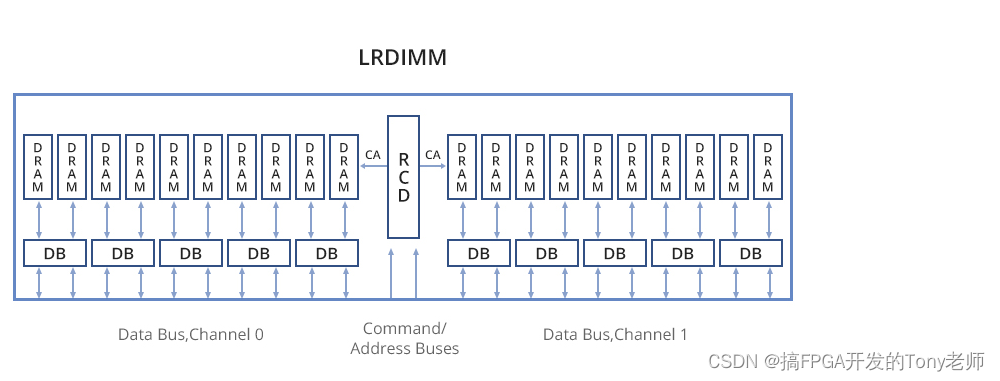
Design Notes
Generally viewed as the best choice for memory-intensive servers, LRDIMMs use memory buffers to reduce the electrical load of columns to a single load, which can allow up to 8 columns to exist on a single DIMM module. Inevitably, of course, systems using LRDIMM increase power consumption and latency while configuring the largest possible server RAM capacity.
If you are looking for high-speed and low latency, then RDIMM is for you. When your design requires higher memory density, LRDIMM is the right choice.
Number of DIMM Slots DIMM Type Maximum Capacity Configuration
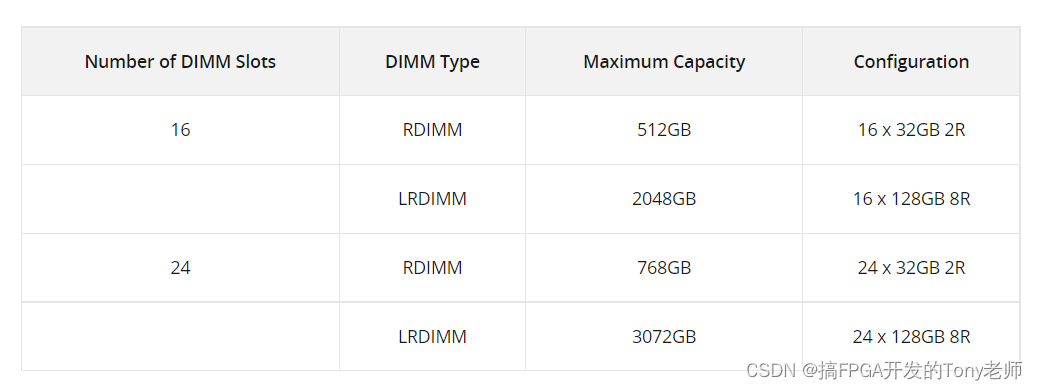
Summay
With the development of science and technology, higher standard server memory represents stronger computer performance, lower power consumption, and lower heat generation. The common memory generation is DDR, DDR2, DDR3, and DDR4, each of them is incompatible. The first three generations have been eliminated. At present, the latest generation of DDR4 has higher memory performance with high frequency and memory capacity. But for DDR5 vs. DDR4, the emerging DDR5 stands out with higher memory density, which requires more DIMM technology for server memory.
Through the comparison of UDIMM vs. RDIMM vs. LRDIMM memory modules, it can be seen that they have their own characteristics and are suitable for different application scenarios. You can choose the appropriate DIMM according to your needs. For high-performance servers, LRDIMM is a good choice.
![[hive]维度模型分类:星型模型,雪花模型,星座模型|范式](https://img-blog.csdnimg.cn/img_convert/a5b29ba853b3e6b68de12d03bccfe19d.gif)
